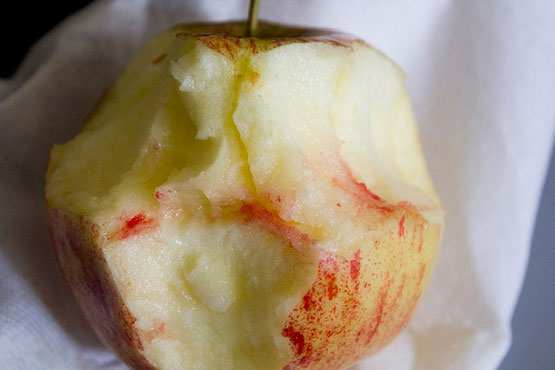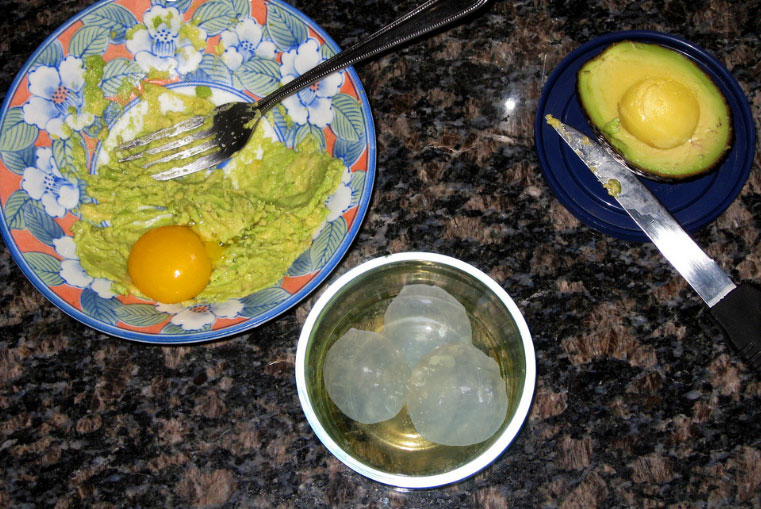Normally, women do not begin to lose their hair until they are about 65, when there is a general thinning-out all over the scalp. In recent years, however, general loss of hair in women has been noticed at a much earlier age, even in the late teens.

The scalp hair has a growing phase which has been estimated to be as long as 25 years; then it enters a resting phase, when the hair no longer grows but just stays in the hair follicle. During life these resting hairs are shed a few at a time and a new hair eventually begins to grow in the empty hair follicle.
At times an excessive number of resting hairs are shed, something happens to relax the hold on the base of the hair by the hair follicle. At the same time there may be a change in the growing hairs, sending them into the resting phase, and these are also shed.
On these occasions there may be marked hair loss, almost to baldness. This may occur after pregnancy or severe illness such as measles or scarlet fever. This, however, is a completely reversible state, and after some two years there is once more a full head of hair.
In thyroid disease there may also be hair loss, and the remaining hair may become dry and lifeless. Once the thyroid disorder is corrected, a relatively easy task, there is complete recovery of the hair. This still leaves the problem of hair loss not associated with any of the above causes. Tension of modern living was at first blamed, but this is now clearly known to be not true.
The basic problem is too great a rate of hair shedding in comparison to hair regrowth from the vacated hair follicle. A nylon hair brush, if used too harshly, is more likely to pull out the resting hairs than a bristle brush.
Tackiness caused by excessive use of sprayed hair lacquers makes the hair cling to combs and brushes, so that a woman may sometimes be literally “tearing her hair out.”
However, elaborate hairdos are fashionable, and as women must be fashionable (and, indeed, a becoming hairdo is good for morale) sprays and lacquers should be brushed out of the hair every night with gentle, regular strokes and the scalp massaged.
It is believed that some of the vast array of chemicals used in sprays, shampoos, and bleaching lotions may be absorbed through the scalp skin and the hair follicles, damaging the hair bulb.
This damage may either force growing hairs into the resting phase or cause the hair follicle to loose its grip on the resting hair. Also, because the hair bulb is damaged, a new hair does not grow back into the vacated hair follicle.
Teasing the hair up into bouffant hairstyles is one of the factors believed to cause excess loss of resting hairs. Reputable hairdressers will make a test on a small section of the scalp before using a bleaching lotion, dye, or other preparation on a particular head for the first time.
Hair goes grey because the pigment-producing cells, melanocytes, in the celis surrounding the hair bulb fail to produce pigment. This is a gradual process, and although there are stories of individuals going grey overnight this is physiologically impossible.
Some persons, of course, following severe illness or mental shock, have gone grey more rapidly than they would have normally.
Greying of the hair is also determined by factors of heredity, some going grey quite early in life. Also by heredity grey streaks may be present in the scalp from a very early age. A local area of greying can occur after an injury to the scalp, such as a sharp blow.
Superfluous hair
Superfluous hair on the face and chest of a woman can be very distressing and may raise the fear that the individual has a glandular disturbance causing her to produce male characteristics.
Over the entire body surface, except for the palms, soles, and portion of the upper eyelid, there are hair follicles. The almost invisible hairs on the face of women may grow larger and darker, but this is usually because of hereditary factors.
It is true that very rarely superfluous hair may be associated with glandular disorder, but there are usually other very obvious signs of such which cause greater concern. Superfluous hairs, if gross enough, can be removed by various methods which are aimed at destroying the entire hair follicle and hair bulb.
If done with care, very little scarring of the skin will occur, but unless some scarring occurs there is not sufficient destruction of the hair follicle to prevent regrowth.
These hairs present on all women’s skin usually become more apparent at the change of life, but because of hereditary factors they may become more apparent at a very much earlier age.
Dry or oily conditions
Hair health in general seems to be judged by most people on whether the hair is dry or oily. The dryness or oiliness of the hair depends upon the quantity of oil produced by the oil glands associated with the follicles.
The activity of the glands is controlled by the body hormones, so that in cases of overactivity of the oil glands there is believed to be an increase of one of the hormones. This increase has only to be extremely slight and does not signify any glandular disease.
The excess oil can be removed by using a suitable shampoo regularly. Dry hair may be due to a slight decrease in body hormones, but is more usually due to the use of shampoos or soaps which are too harsh.
A shampoo designed for an oily scalp is not suitable for the normal scalp and will soon cause dryness. Dry hair can be helped by adding oils to the scalp. This must be done when the scalp is wet.
The main activity of the oil excreted by the glands is to retain water in the hair, and it is this water content that gives the hair its soft, luxuriant look.
Dandruff is regarded by most as little flakes that appear throughout the scalp hair and fall from the scalp, but every scale in the scalp is not dandruff. True dandruff occurs only in scalps in which there is an overproduction of oil. Bacteria and shed skin cells mix with this oil and produce greasy scales.
Dry scales, or scurf, are produced on scalps with too little oil, or from which too much oil has been removed by harsh shampoos. These scales are formed by irritation of the scalp skin, so causing many cells of the skin surface to be shed.
If you use a dandruff cure, which is designed to decrease the oiliness of the scalp, on scurf it will cause a greater fall of dry scales.




















